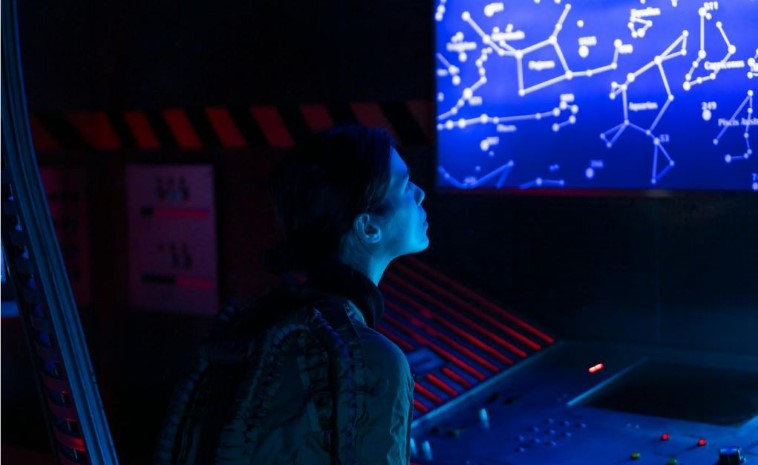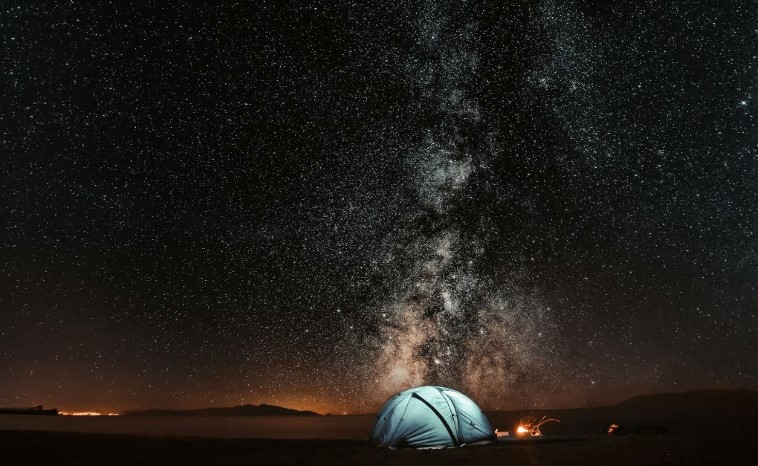Facts about the cosmos worth revisiting

Space, cosmos or the universe – these are all lovely synonyms! So, why don’t we start by noting that space is the expanse in which the Earth and all other bodies are located: planets, stars, galaxies, nebulae and everything else that exists?
As far as we Earthlings are concerned, the universe begins 100 kilometers from the surface of our planet. There is no clear boundary of the beginning of the universe, it is a matter of international agreement.
According to the Bing Bang theory, the universe was created 13.7 billion years ago.
We don’t know how big the total universe is, but we know how much of the universe we can see. There are only rough speculations about this, and according to them the radius of the visible universe is 46 billion light years. Or we can also say that the diameter of the universe is 92 billion light years and that is the visible part of the universe.
We cannot see beyond that, because light, i.e. no information, has yet reached us from those areas of the universe. After all, it is possible that there are multiple universes, which is again a separate theory.
In the visible part of the universe there are – well, in truth, it is not known exactly how many galaxies. But according to some accounts, it is around 200 billion. According to others, 100 or even 1000 times more. It is not known.
As we understand it today, the universe consists of three constituents: space-time, forms of energy, including electromagnetic radiation and matter, and the physical laws that bind them together.

There is mostly dark energy in the universe: about 68%, then dark matter about 27% and only about 5% of the matter we see. For now, most of the universe is inaccessible to us.
The distances between the stars are enormous. That’s why there is no physical contact between the stars when galaxies collide. The closest star to us, apart from the Sun, is Proxima Centauri, which is 4.3 light-years away.
The temperature of empty space in space is -270.45 degrees Celsius.
There is a vacuum in the universe, but even that vacuum (which by definition means the absence of any matter) is still not completely empty. There is an average of one atom per cubic meter in the space between galaxies. Besides, the universe is permeated with energy.
The universe has been expanding since its creation and, according to the current theory, it will continue to expand forever.
Lunar knowledge to remember on the go
A lunar month is the time it takes for the moon to go through all its phases. It is usually measured from one to the next new moon. That time period lasts about 29.5 days.

It cannot be said more precisely because it is stretchable and constantly changing, and it changes because the Moon moves in an elliptical orbit, so the distance of the Moon itself from the planet is constantly changing. It goes without saying that the speed of the Moon’s movement is also variable – according to Kepler’s laws.
- The longest lunar month is when the two new moons are near apogee (apogee is the farthest point from the Earth in the Moon’s orbit).
- The shortest lunar month is when the new moon occurs near perigee (the closest point to the Earth in the Moon’s orbit).
Let’s remind you: according to Kepler, an orbiting body gains speed when it approaches the body it orbits (when it enters perigee), and loses, i.e. it goes slower, when it moves away from that body (and goes towards apogee).
The lunar month is also called the lunar cycle – because it includes all phases of the Moon. In short, the lunar month is called: lunation. However, astronomers prefer the name synodic month, which comes from the Greek: collective, assembly.

